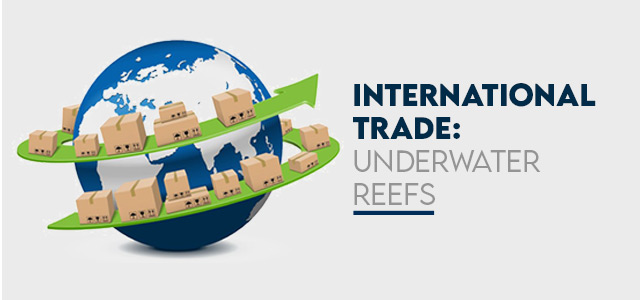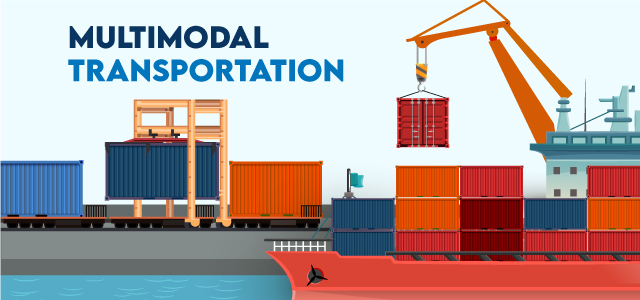Surviving Natural Disasters: Mitigating Supply Chain Risks

Thanks to globalization and the rapid geographic expansion of international supply chains, companies can allocate limited resources more efficiently than ever before. But, unfortunately, this process also has its downside - the unpredictability of weather conditions, on which many logistical processes partially depend. Today we are talking about natural disasters.
Natural disasters affect the transportation of goods in many ways, from delaying your supply chain and increasing costs to unpleasant situations such as lost cargo and damaged goods.
A supply chain disruption is defined as a critical failure in the overall logistics process. Natural disasters are one of the causes of such violations. They usually cause massive damage to several firms and facilities at once, which has a serious impact on the industry. With the globalization of supply chains, companies' exposure to disaster risk has crossed national borders, as the effects of a natural disaster in one geographic location can affect facilities in other locations.
But shippers have an opportunity to mitigate risks during natural disasters. First, you need to communicate frequently to keep your employees and products up to date. Effectively communicating changes to plans is a significant time and money saver, but this is only possible if your supply chain provides full transparency at every stage of the shipping process.
Tariffs
Obviously, your shipping rates will increase during a natural disaster. For example, if the roads are impassable, it will be necessary to use alternative routes, increasing fuel consumption and driving time.
Productivity
After a disaster, there is intense competition for limited transportation resources and equipment. Due to those limitations, the productivity of the company decreases and this will naturally lead to increased costs due to shortages at best. In the worst-case scenario, it will be impossible to find the necessary resources.
Shipping time
If under normal circumstances the transportation period would take two days, this period may be extended due to the uncontrollable effects of natural disasters. It may have to wait until the roads are open or until the warehouse/factory resumes operations. As a result, your travel time will increase.
Fuel
Fuel prices always rise after natural disasters. Oil refinery shutdowns, damage, or disruptions cause fuel prices to rise.
Refusal to carry
During a natural disaster, carriers often refuse to deliver goods to their destination. This is where the supply chain begins to break down: factories are disrupted while waiting for materials or components; retailers face the threat of stockouts, etc. All this leads to the loss of potential opportunities and income.
Internal delays
Often, cargo transportation within the country also depends on weather conditions. Even if there is zero risk of a natural disaster in your region, delivery of goods will be delayed due to facility closures or power outages due to inclement weather. And, of course, as a result, it will have a negative impact on logistics.
Of course, when the customer chooses a logistics company for the transportation of his cargo, he is concerned about the safety and integrity of the delivery, because various unexpected situations may arise during the transportation process. What do we do to transport your cargo safely? First of all, the general technical condition of the transport is strictly monitored, and all rules and standards ensuring the safety of cargo transportation are followed, especially during loading and unloading operations. Alliance Logistics specialists work out the optimal route, considering the time of year, weather conditions, and travel time.















